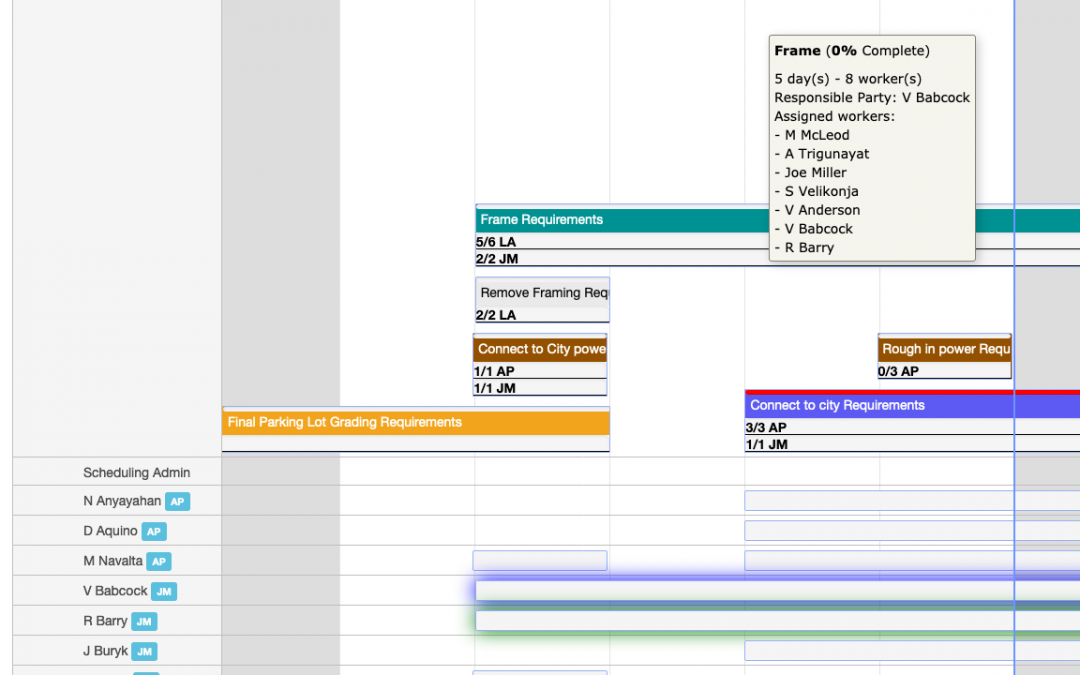What good is planning without scheduling in the construction world? Scheduling is where the rubber hits the road – where the construction industry gets to work.
Our DECK Pull Planning module is getting a surprising amount of traction for all sorts of reasons – especially the “virtual Big Room” functionality: in these days of COVID-19, keeping people safely separated but still in strategic communication is the best way to operate.
The question in the modern world is: how to we make the interface between phases vanish? Specifically in construction, how do we go from the plan, to a schedule, to actuals, and feed all of that back into the plan? Rinse and repeat?
Standalone schedulers are islands with relatively few bridges to the new world of connected data. Sure – they may be what the industry uses today. But at some point, one needs to realize the 1970 Ford F150 they inherited from Dad isn’t going to work as a daily hauler when the 10,000 lbs construction trailer needs to be moved to the new site. It needs to be labelled as an “antique”, polished up and brought out of the garage on Saturday evening when it isn’t going to get banged up taking a cooler of ice and beer to your buddy’s backyard fire.
DECK Scheduler is directly tied to DECK Pull Plan. When you’re locking down your schedule – assigning people to tasks two weeks from now, the tasks are DIRECTLY coming out of the plan. Live. Nothing manual is required.
There’s a concept in construction called “Observable Completeness”. Without getting out a measuring tape and spending a great deal of effort to understand how complete a task is, can you break down the task enough so your Site Sup is able to quickly mark the sub components complete or not (or a percent complete) at the end of each day? DECK Scheduler allows for observable completeness. Saves the Site Sup’s time; increases the project management and accounting visibility.
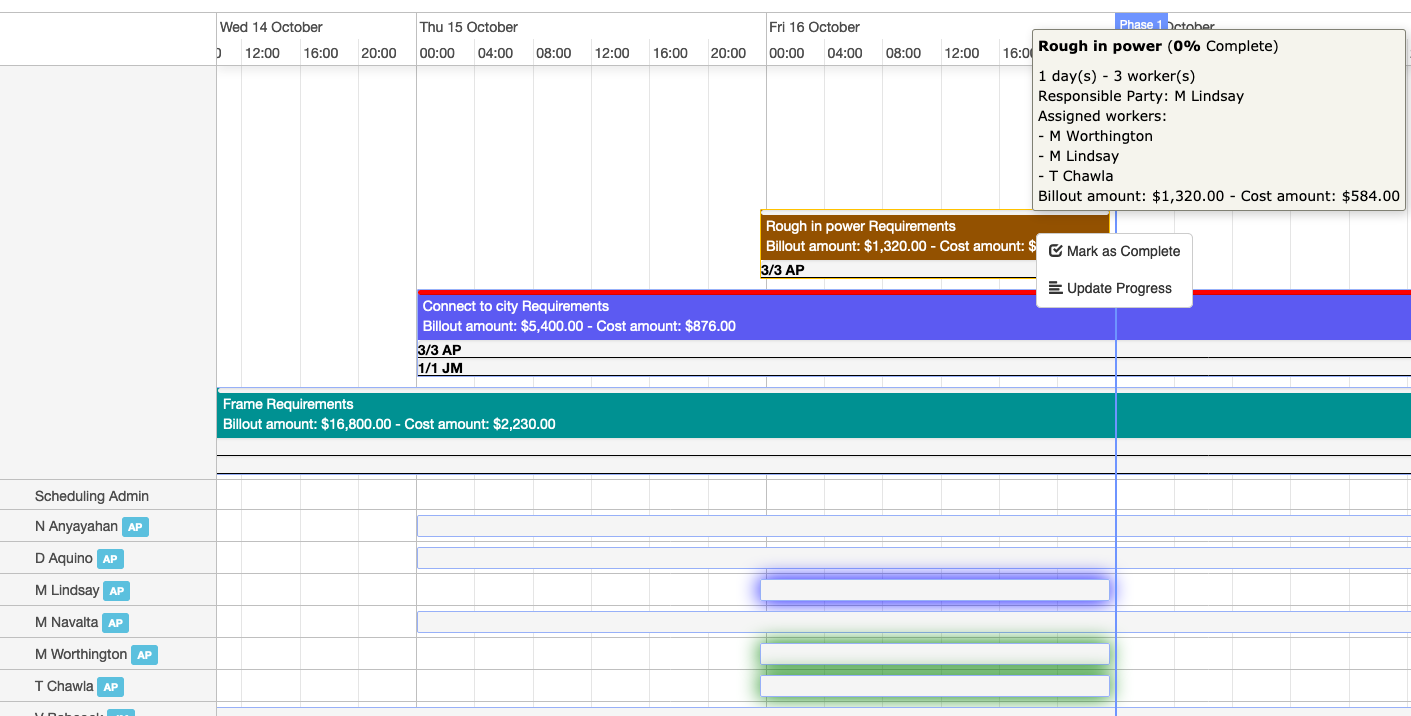
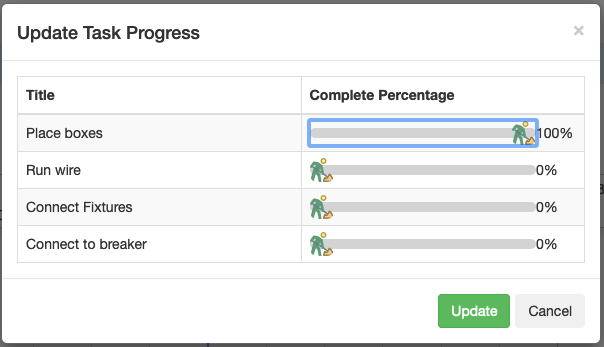
The feedback loop to the pull plan is now closed. From DECK Pull Planner, you’re able to see what was suppose to be complete, and if it actually was complete. If it wasn’t, what was the reason? Weather issues are one thing. A particular trade constantly not having an upstream task complete holding up the project is a COMPLETELY different situation. Perhaps they shouldn’t be invited back to participate… Just sayin’ – this is your brand image on the line…
One more comment on “observable completeness”: This leads to another concept in construction called “Earned Value”. The idea is this: if you are quickly able to understand what tasks are complete (or percentage complete), then you should have a good idea of how much of the job revenue should be currently “in pocket” (or invoiced). DECK Pull Planning coupled with the DECK Scheduler allows for that accounting to happen.
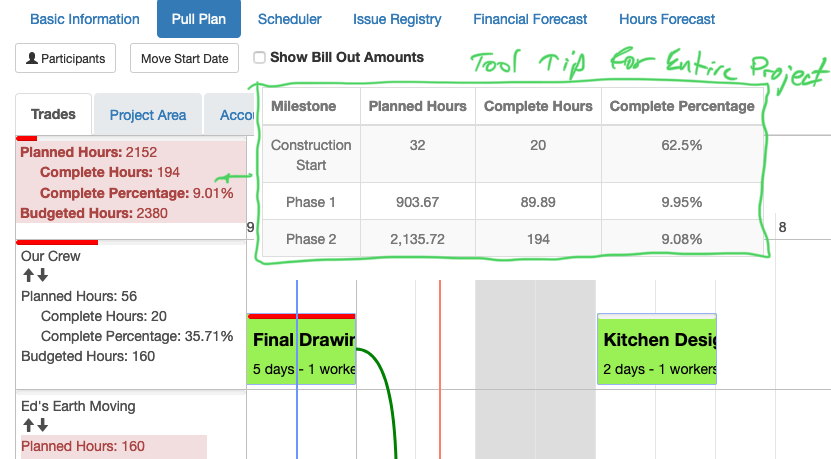
Lastly, carrying on from the observable completeness directly above, DECK has a Project Financial Forecast built into it. It shows the live view of the income and expenses based on the cost codes the tasks are tagged with. Your accounting team will LOVE this.
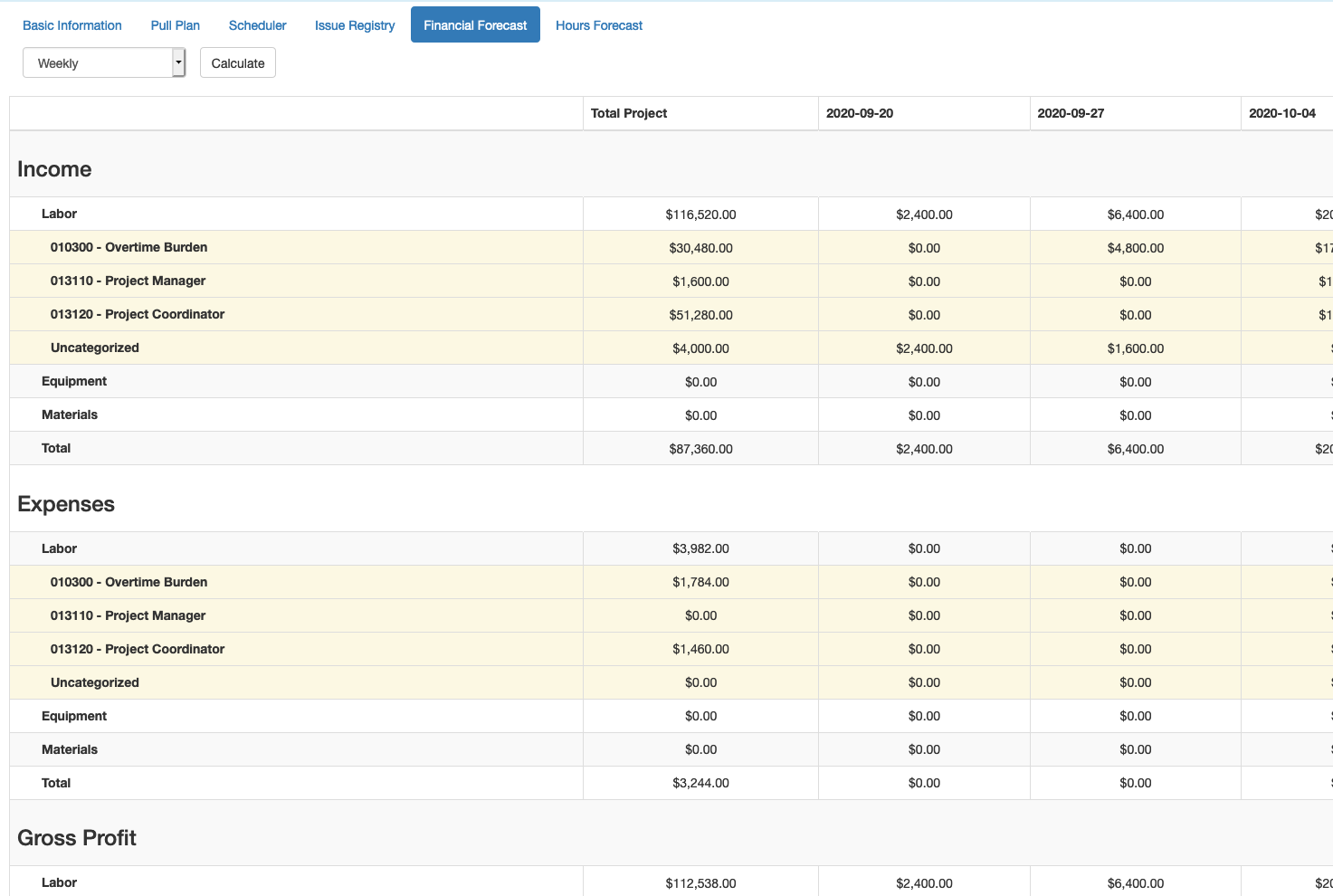
Oh – and by the way: DECK Scheduler has connectors to Microsoft Project and Primavera. This is helpful if your customers or other stakeholders are demanding these as a communication mechanism.
Pull planning and scheduling in one place.
On page 6 of this study, it shows that 35% of a construction professional’s time is spent on “non-optimal activities”. This includes 5.5 hours PER WEEK spent on “looking for project data/information”.
What can your project professionals do with an extra 5.5 hours per week once your data is in one place?

